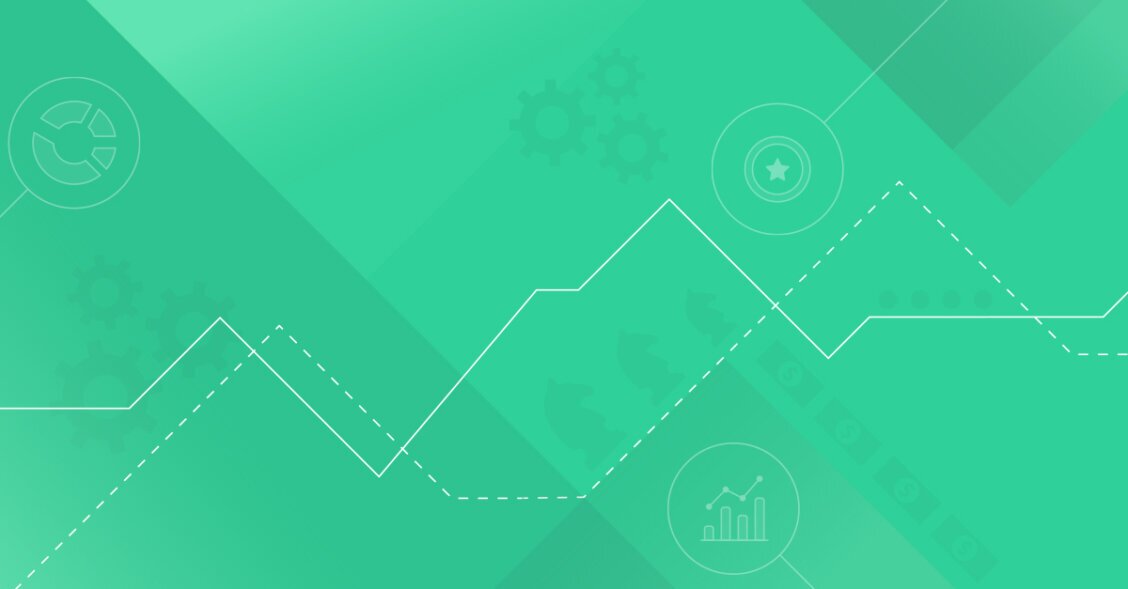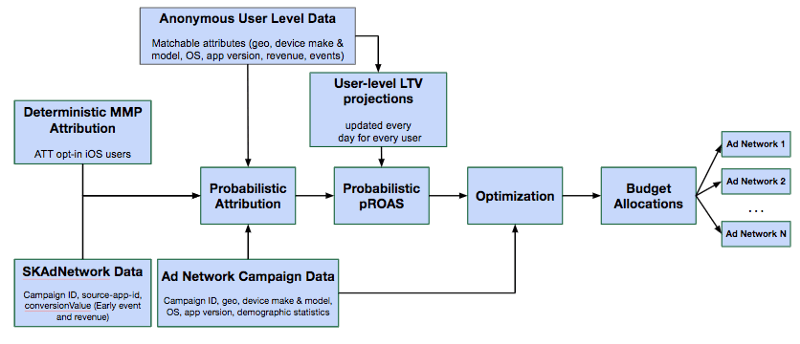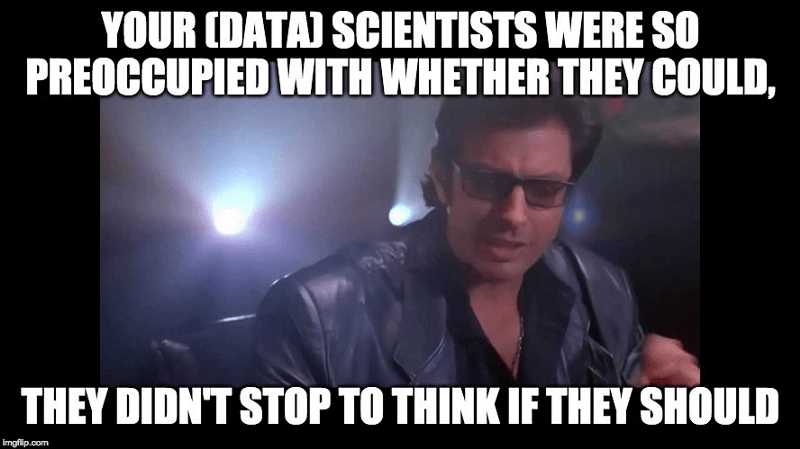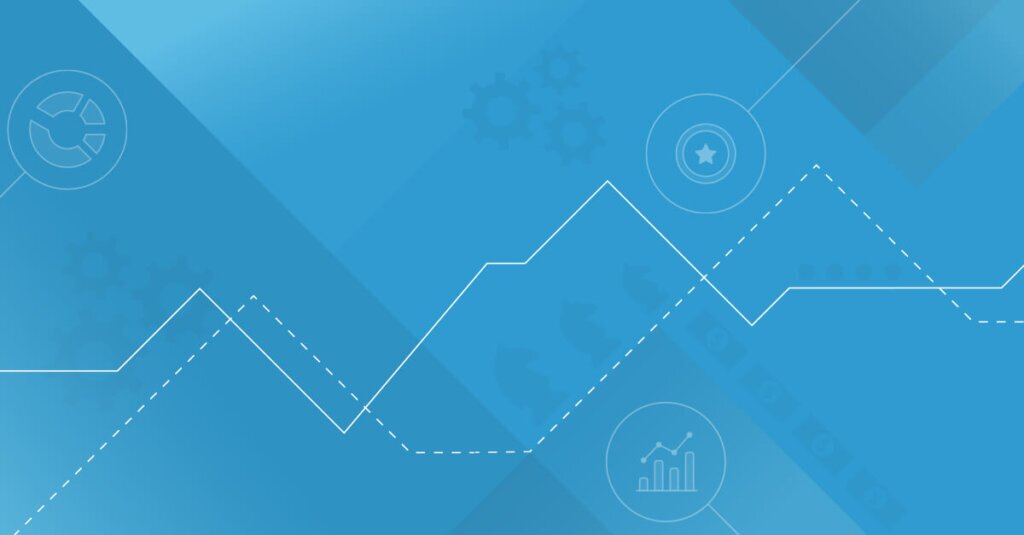
iOS14: A proposed solution for the reduced efficacy of deterministic attribution
Apple stunned the mobile marketing industry with privacy updates announced as part of iOS14. At AlgoLift we anticipated and welcomed these changes, having previously made the decision to never utilize IDFA (or GAID) in our data. As a result of the news, companies at every corner of the mobile ecosystem have been mulling over the implications of the new privacy protections.
The announcement raises some challenges for attribution, LTV prediction and campaign automation:
- SKAdnetwork significantly reduces the efficacy of deterministic attribution for iOS14 users. This obfuscates the relationship between marketing spend and in-app revenue, leaving marketers unable to easily measure marketing performance.
- Apple has limited post-install event tracking to passing a single value at the campaign level.
Without deterministic attribution, app advertisers will need to leverage probabilistic methods to understand the performance of their user acquisition spend. Without being able to explicitly connect user-level behaviour with individual campaigns or channels, we need to look at larger cohorts of data and use statistical methods to predict performance.

Figure 1 — Proposed scheme for probabilistic pROAS calculations based on anonymous user-level, SKAdNetwork, and Ad Network Data. Budget Allocation with managed API integration to multiple ad networks is shown as an example use-case
Figure 1 shows a proposed solution to probabilistic attribution. There are 4 data inputs into the probabilistic attribution model:
1. User-level LTV projections:
- Leveraging a customer-generated user ID, user-level LTV projections are outputted every day for every user in the app. This model would leverage non-PII device data, revenue data and in-app engagement data and would predict LTV after install data at the advertisers target long-term ROAS time horizon (eg d180/d365)
2. SKAdnetwork data
- Apple provides a 100 campaign ID’s per ad network
- conversionValue: a 6-bit value to measure post-install performance of a campaign
- source-app-id: an app ID for a publisher app on an ad network
3. Ad network campaign data
- Campaign-level data broken out by Geo, Demographic statistics, App version, device make & model, etc
4. Deterministic attribution from MMP’s
- Opt-in iOS users and users identified by other means within Apple’s terms of service
To be clear, this methodology is not fingerprinting and requires no user-level deterministic attribution, therefore upholding the spirit of the SKAdnetwork. However, it does ensure that advertisers can continue to allocate their marketing budgets in an optimal way.
With these changes, ROAS reporting is no longer strictly a data engineering problem using deterministic attribution but moves to the purview of data scientists to probabilistically predict performance.
AlgoLift has started to execute this solution; we’ve completed initial simulation research on the allocation of budgets using this methodology and early results look extremely promising.
However — there are some outstanding questions we believe need to be answered:
- How will each ad network support SKAdnetwork? What additional data will they make available to fuel probabilistic attribution?
- Will ad networks share SKAdnetwork data with advertisers or 3rd parties?
- How do we define conversionValue — the 6-bit post-install value optimally for individual apps?
- What is the optimal setup of campaigns to maximize the power of the attribution model and reduce uncertainty?
- What is Apple’s privacy threshold for source-app-ID in SKAdnetwork?
We will continue to share as we learn more about probabilistic attribution, conversionValue, optimal campaign setup and how they will power user acquisition automation.
Continue reading about our thoughts on probabilistic attribution for iOS14 at our follow up article: Probabilistic attribution for iOS14 — a deeper dive








